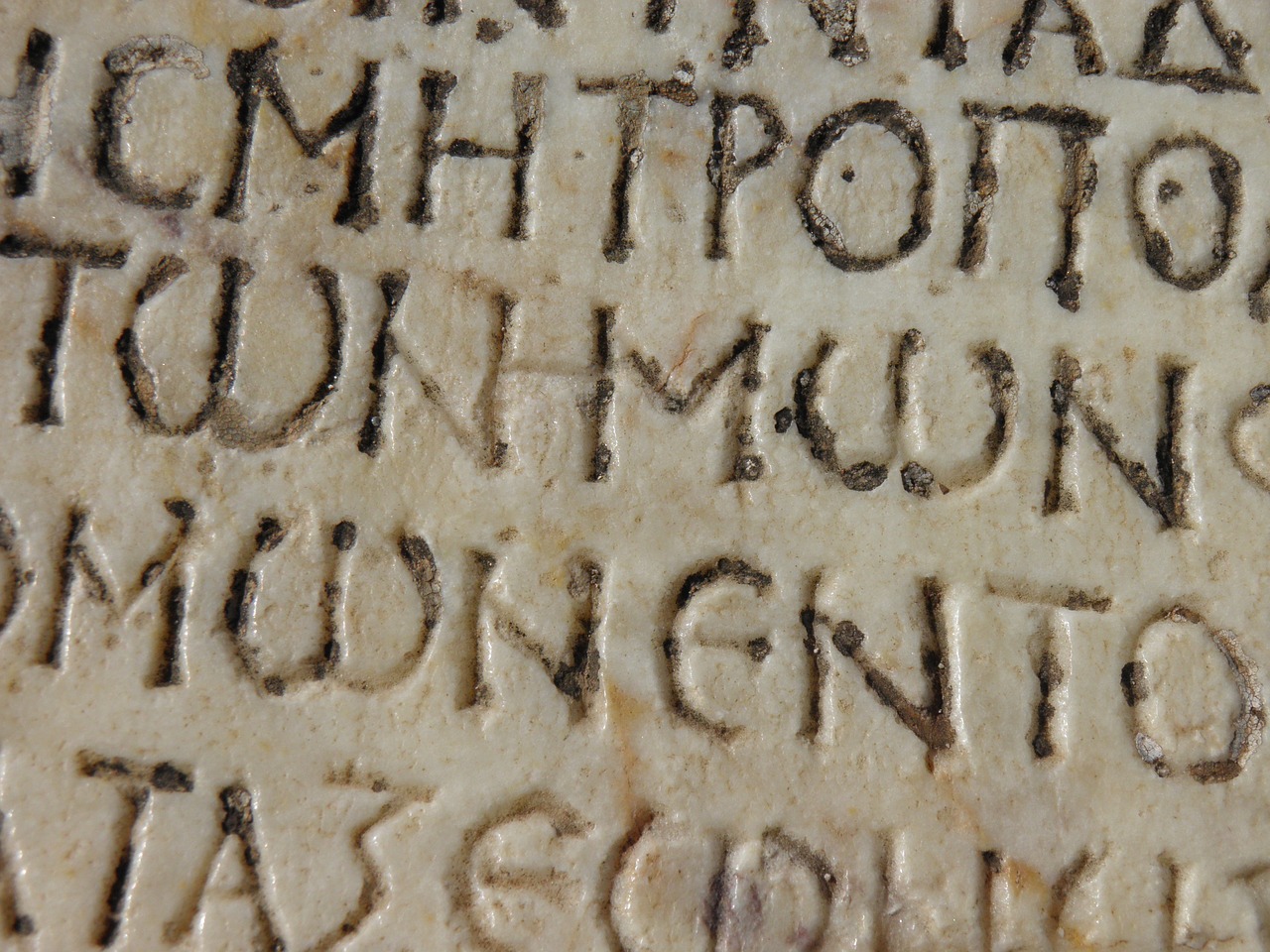The Influence of Greek and Roman Myths on Contemporary Culture
Greek and Roman myths have left an indelible mark on contemporary culture, weaving their timeless tales into the fabric of modern society. These ancient stories, filled with gods, heroes, and epic adventures, continue to resonate with audiences today, shaping our beliefs, values, and creative expressions.

Mythological References in Literature
Exploring the enduring impact of ancient Greek and Roman myths on modern society, art, literature, and popular culture, highlighting how these classical stories continue to shape contemporary beliefs and values.
When delving into the realm of literature, one cannot ignore the profound influence of Greek and Roman myths on contemporary storytelling. These ancient tales have been intricately woven into the fabric of modern literature, enriching themes, characters, and plotlines with timeless significance and depth.
Authors frequently draw inspiration from mythological narratives to infuse their works with symbolic meaning and cultural resonance. Whether it's the tragic love story of Orpheus and Eurydice or the epic adventures of Hercules, these classical myths serve as a wellspring of creativity for writers seeking to explore universal themes of love, heroism, and fate.
Through the reinterpretation and adaptation of ancient myths, writers breathe new life into age-old stories, offering fresh perspectives and insights that resonate with contemporary audiences. The enduring appeal of Greek and Roman myths in literature underscores the enduring power of storytelling to transcend time and connect us to our shared human experiences.

Symbolism in Art and Architecture
Symbolism plays a significant role in contemporary art and architecture, with many artists and architects drawing inspiration from ancient Greek and Roman myths to imbue their creations with deeper meanings and emotional resonance. Just as the myths themselves were rich in symbolism, modern artists use these symbolic elements to convey themes, evoke emotions, and provoke thought in viewers and visitors alike.
In art, the use of mythological symbolism can be seen in various forms, from allegorical paintings depicting classical tales to sculptures embodying mythic figures. These symbols serve as visual metaphors, allowing artists to explore complex ideas and universal truths through the lens of ancient myths. Similarly, in architecture, elements inspired by Greek and Roman mythology are often incorporated into building designs to evoke a sense of timelessness, grandeur, and cultural heritage.
The symbolism found in art and architecture not only connects contemporary audiences to the rich heritage of classical mythology but also provides a bridge between the past and the present, inviting viewers to contemplate timeless themes and narratives that have endured for centuries. By infusing their works with mythological symbolism, artists and architects create a dialogue between ancient stories and modern interpretations, enriching the cultural landscape with layers of meaning and significance.

